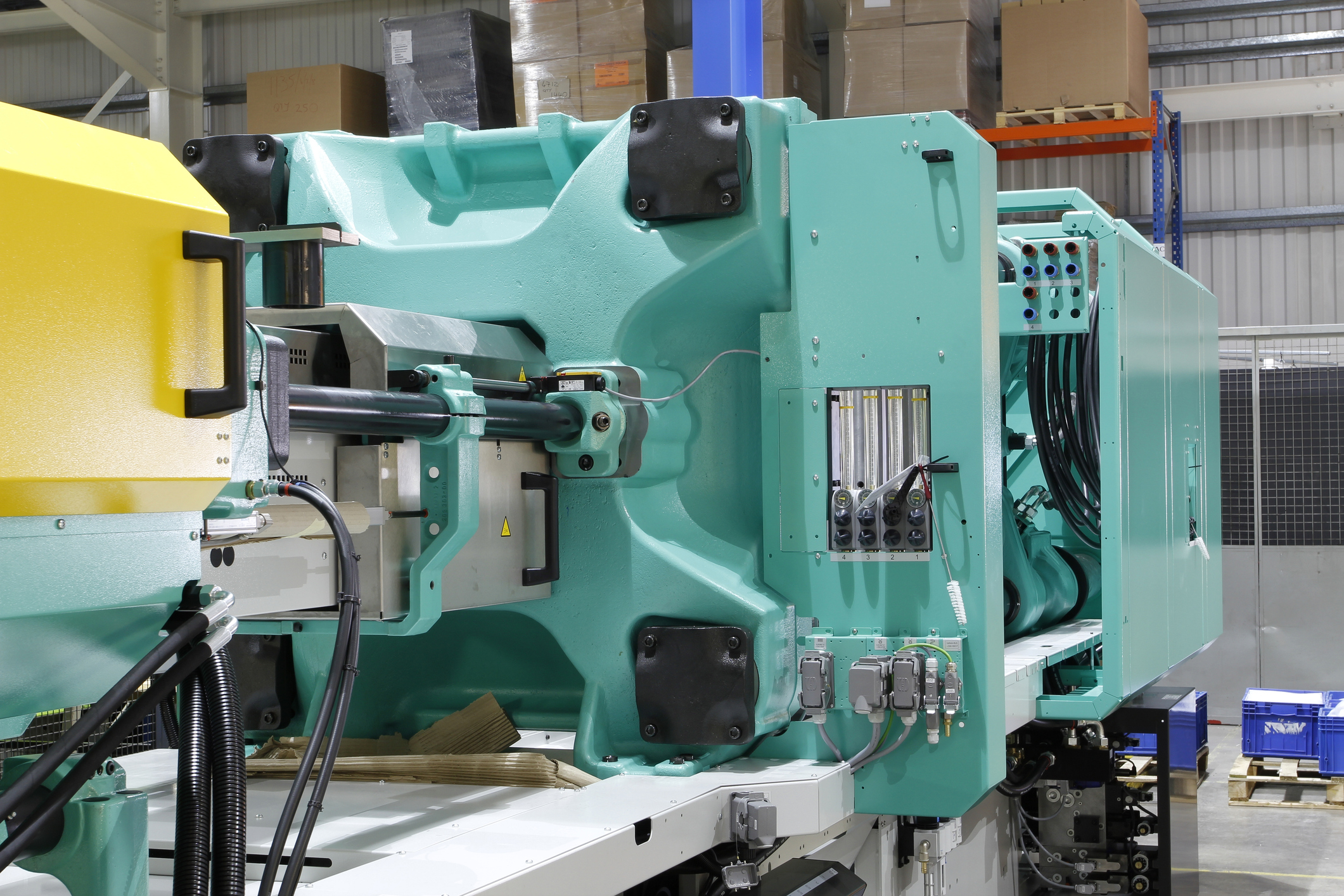If your parts are made from high-performance plastics, working with a supplier with insert molding capabilities offers several advantages. While injection molding alone can produce high-precision durable components, insert molding enhances your plastic parts’ performance and appearance. Suppliers that offer expanded capabilities eliminate the need for multiple vendors, shrink your supply chain, and often allow you to receive parts faster. Additionally, if you design a product that can benefit from insert molding and your current injection molder offers this technique, they already have knowledge of your company, your product line, and the materials you use, creating a smooth transition into insert molding. Without these capabilities, you would need to find and onboard a new vendor, starting from scratch.
Advantages of Insert Molding
Insert molding allows manufacturers to encase a preformed component (usually metal) in plastic during the injection molding process. It is commonly used to insert threaded metal hardware, embed electrical components inside protective housing, or create handles for metal tools, but its uses are expansive to include any component embedded in plastic, as long as that component can withstand the pressure and temperature of injection molding.
Partnering with a high-performance plastic injection molder with insert molding capabilities is crucial for several reasons, particularly in industries where precision, durability, and efficiency are paramount. Advantages that highlight its importance include:
- Enhanced product quality — Insert molding, which allows for the integration of dissimilar materials into a single component, results in a product with superior functional and aesthetic qualities. Plus, precise placement of the insert during molding results in a better final product with a strong bond between the plastic and the insert.
- Cost efficiency — An integrated system reduces waste and increases the speed of production. Insert molding further contributes to cost savings by eliminating post-molding assembly processes. Incorporating inserts or electrical connections directly into the plastic component during the molding process saves on labor and material costs. When the process is automated, costs are further reduced.
- Increased strength and durability — Insert molding can enhance the mechanical properties of the molded part. By embedding metal or other inserts into the plastic matrix, the resulting component can achieve greater strength, wear resistance, and life span than plastic alone could provide. This is particularly important for parts subject to mechanical stress or harsh environmental conditions.
- Design flexibility — Injection molders with insert molding capabilities offer significant design flexibility, enabling the production of complex shapes and geometries that might be impossible or cost-prohibitive with other manufacturing methods. This allows for innovative product designs and the integration of functions in ways that can give manufacturers a competitive edge.
- Material and process versatility — The availability and combination of a wide range of plastic materials and various inserts (like metals, ceramics, and even electronics) provide versatile solutions for manufacturing complex multi-material products. This is essential for industries like automotive, medical, and electronics, where integrating different materials and components into single parts is increasingly common.
- Reduced assembly time and error — By incorporating multiple components into a single molded part, insert molding minimizes the need for additional assembly and the potential for assembly errors. This not only speeds up production but also improves the overall reliability and quality of the final product.
Insert Molding Compared to Heat Staking and Ultrasonic Welding
Heat staking and ultrasonic welding are alternative methods for joining metal components with plastic. Both are post-mold processes, meaning they occur after the initial moldingas a secondary operation. Heat staking involves heating and pressing the insert into the plastic, whereas ultrasonic welding uses vibrational frequency to soften the plastic, facilitating the insertion of the component.
Insert molding offers distinct advantages, especially in scenarios requiring high pull-out strength. With insert molding, the molten plastic flows around pre-designed features on the insert, such as knurls or fins. Once cooled, the plastic solidifies, securing the insert in place and providing superior resistance to strain. In contrast, heat staking and ultrasonic welding may not adequately melt the plastic to infiltrate all crevices of the insert, potentially compromising the bond strength.
Additionally, insert molding is not restricted to metal inserts; it accommodates any material that can withstand the molding process’s temperatures and pressures. Insert molding is often preferred for applications where robust, integrated assembly is crucial.
While it is true that insert molding adds costs to the injection molding process, it saves on downstream secondary processes. Insert molding is an appropriate method when there is a functional need for it and the value of the functionality justifies the additional cost it brings. Insert molding is often used for products that:
- Need to be serviceable or frequently disassembled.
- Require close tolerances on female threads.
- Have two high load-bearing parts that need to be permanently attached.
- Require electrical conductance or incorporate precise electronic components within plastic casings.
- Integrate metal components for enhanced structural integrity or functionality.
- Require the integration of different materials for improved mechanical properties.
Your injection molder can help you determine the best joining method for your product.
Worry-Free Insert Molding
Decades of experience in injection molding have made us a trusted partner for insert molding projects. Our ability to handle the complexities of insert molding is demonstrated through our proven track record of working with high-performance plastics and precision molding techniques, which includes automation. This expertise, combined with our in-depth knowledge of the process and plastics, ensures we can help you navigate any product challenges you have. Additionally, we can pull in resources from other divisions of the global Ensinger organization, enabling us to provide you with expanded services to support your needs. Contact us for a quote.
